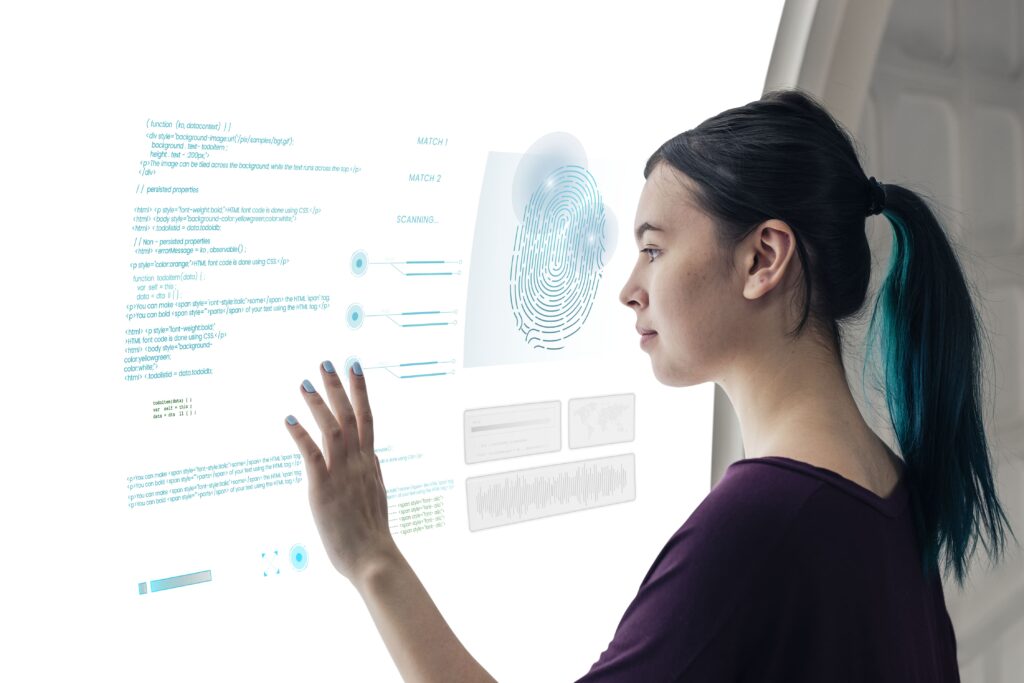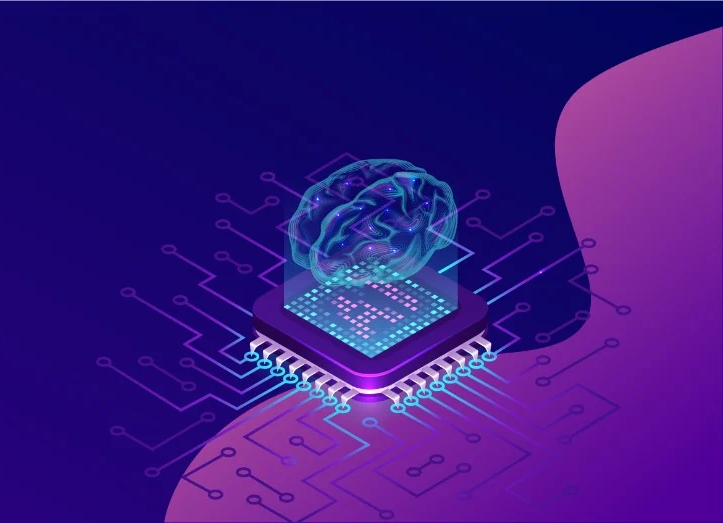
The Latest in Machine Learning for Today’s Most Competitive Business Integrations

TL; DR: Zooming in on Artificial Intelligence (AI) for today’s most imminent digital transformations, this blog post addresses pending gaps in corporate Machine Learning (ML) implementations for competitive businesses with a focus on five key industries as it surveys the latest trends in ML in the healthcare, automotive, health & fitness, and housing markets. The reading includes mention of the ethics of using, developing and deploying ML while considering human rights and regulations to wrap up with a section on the benefits that tech-savvy teams can provide corporations. Those include algorithms and trained models as much as regulatory compliance and quality analysis.
For our Artificial Intelligence (AI) processes to work, precision in data-handling needs to be at its best. Digital transformations can otherwise be quite taxing from a mathematical and technical standpoint, an idea on which Michael Feindt has already expanded from a business perspective. Naturally conceiving Machine Learning (ML) as an enormous part of our latest AI advancements, I’m focusing on ML to shed light on today’s most common business integrations.
Related Read: Key Machine Learning Insights for Beginners
ML’s main promise is improved performance.
ML tools can cut down processes to fractions of our current operating times. ScienceDirect’s Cognitive Robotics magazine this year includes an article focused on AI, ML, and Deep Learning (DL) in advanced robotics that pays special attention to predictive maintenance. As per this source and together with AI and DL, ML is “helping airlines to improve efficiency, reduce costs, and improve customer satisfaction.”
Is a Frankenstein Allegory Inevitable in Tech Conversations Nowadays?
Many businesses are already impacting markets with the use of high tech. Yet many argue that gaps still exist in what we know about these technologies to make proper use of them today. On the topic, last year’s Artificial Intelligence Surgery journal already touched upon the ethics of using, developing and deploying ML in clinical practice, for example. In contrast to Shelley’s literary fatality, this journal is proof of our ongoing scientific discussions on the topic of ethics, which means we still and constantly need to take human rights and regulations as seriously as technical capacity and reliance.
Pending gaps are even more reason to keep working hard on AI’s latest possible integrations. We can make true field enhancements at this point in history.
Most Common Machine Learning Integrations across Today’s Industries
- Healthcare
Aside from the use of ML models for data analytics, which has long been tapped thanks to evident prediction and forecasting abilities, ML is also improving healthcare to enhance lives. Tech processes in which I’ve been involved first-hand for the advancement of the medical field have been quite admirable. We’re seeing multi-cultural remote teams deliver improvements in specialties as challenging as surgery. Today, ML is an active main contributor of the exact precision medical settings were lacking.
- Automotive industry
Also going beyond new settings in smart conferencing constantly enabling online tools to group us differently during work meetings, ML is furthermore enabling the automotive industry to enhance Driver & Occupant Monitoring Systems (DMS/OMS). It’s doing so while developing the most advanced autonomous vehicles. The sector is optimizing driver behavior with important safety measures, tracking hands on wheels, seatbelt and/or child seat use, possession of objects in the cabin as much as spotting driver microscopic fatigue, distractions, and irresponsiveness.
- Health & Fitness
Take health and fitness as another example. This field underwent massive transformation during the recent pandemic. Now, virtual and hybrid gym environments are fostering exercise with cutting-edge applications. Those are resulting in highly captivating online identities with a great deal of other practical uses.
- Housing
When it comes to housing, yet also for office and commercial space, ML technology provides advanced motion detection for optimized security. It’s also speeding up processes, improving image and video speed and overall performance.
What’s Best about This Technology Is Customization.
Devoted engineering teams can work on adapting, adjusting and improving ML processes to deliver unique results that incorporate body and facial 3D imaging, diverse mapping functionalities and infrared capabilities — just to name a few tools — to all sorts of different fields, contexts, environments, and practical applications. Teams can also continue to polish sources of truth to further work on classic troubles of detection and segmentation, for instance.
Delivery services of all sorts have a great window of opportunity here. Insurance companies do so, also, with their special fallback potential to better handle injury claims and property safety breaches.
Perfect Pixel Versions of Our Human Reality Can Enhance Our Offer.
Given the above, I find the question of product or service enhancement via realist settings and environments worth asking. How can your organization enhance engagement or user experience — even if just that — with unprecedented and highly engaging tech human-like interaction? ML is at the base of those opportunities.
“But my team is not there yet!”, you might be thinking. Most teams aren’t. Unless you’re in the tech space and devoted to the latest technology has to offer, my bet is common tech teams aren’t at the point of generating first-class virtual scenarios that can take a business to the next level. That’s where top-notch tech specialists come into place.
How Remote Tech Teams Can Help Seize ML Applications for Any Business
ML integrations are part of considerable logistic efforts for any group. Human involvement is still required for ground truth labels, for instance, which can take up lots of time and resources even with the highest quality datasets. This is where I’m seeing devoted remote tech teams lending valuable extra hands, cutting back on time and cost allocations for any business in the long run. Tech-savvy partners can help take the edge off annotation volumes in the given example. Partner up with experts to secure regulatory compliance and quality analysis, especially.
Teaming up on your chosen algorithms and trained models can speed up an already extensive time to market, particularly when you need to solve detection and segmentation problems through prediction, planning, and interface groups or just continue to optimize neural networks.
Swiftly boost your engineering and architecture groups with the savviest in the market to remove concerns over talent retention, management, cultural engagement, and more. Given how specific use cases need to be from the get-go and how specialized tech outsourcing and staff nearshoring companies are getting, securing a quicker, safer, more integrated return on investment makes key high-tech partnerships worth checking. The most believable and engaging interactive environments can boost anyone’s positioning! Now’s the time to get picky.
Let’s talk more about how real textures and tones look to users rather than sitting around debating whether we can actually build great platforms. Those are already in the making. Are yours falling behind or moving the industry forward?
If you feel like you could use a tech partner to step up your game, drop us a line. We’ll be more than glad to help you leverage the true potential of ML integrations!




